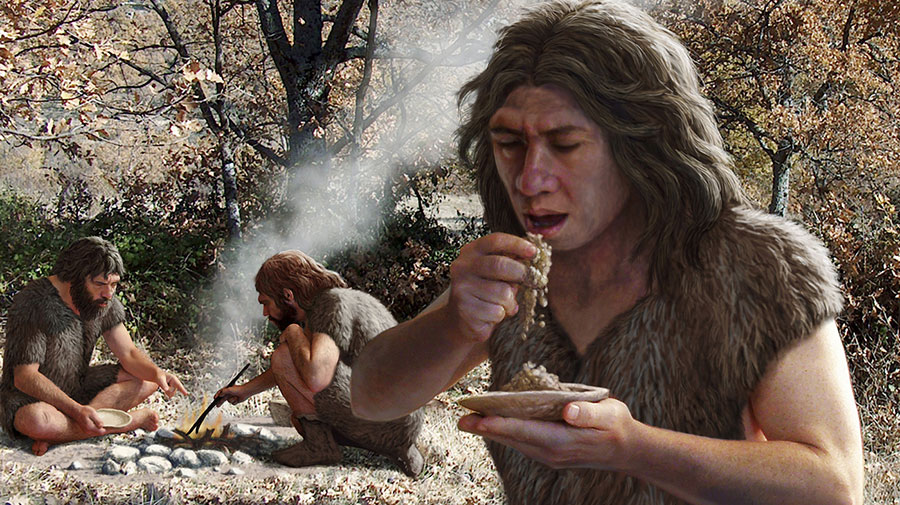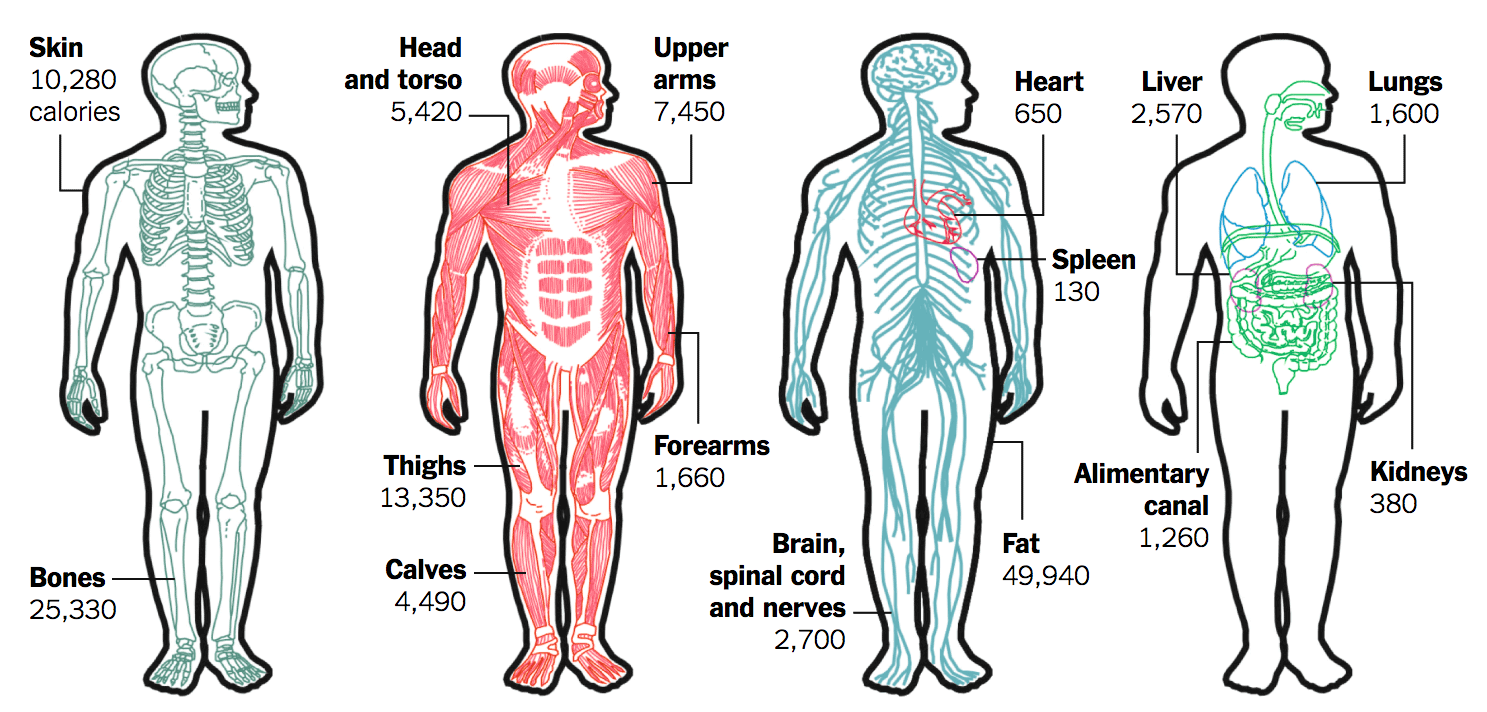A new study concerning cannibalism showed that calories present in the human body are not so high after all, even when early Neanderthals reportedly consumed human flesh as part of their diet regimes.
An archaeologist from the University of Brighton in England dedicated several years of analysis to determine the actual nutritional value present in a regular human body, and his findings show how humans are not specialized on carrying the appropriate amount of calories and nourishing other people.

The archaeologist, named James Cole, oriented his study to the “nutritional human cannibalism” present specifically in the Paleolithic. This era lasted from more than 2.5 million years ago to 10,000 years ago. He discovered that a human body contains 125,000 calories, which is considerably lower when compared to other animals present in that particular period.
For example, animals like boars and beavers contain as much as 1,800 calories in each pound of a muscle of their bodies, while humans only pack 650 calories (at least in modern times). Cole explains that all the estimations present in the study are based on the muscularity and size of each analyzed individual, either human or animal.
Why did our ancestors consume human flesh?
That question was first asked by the author of the study himself, as he noticed that it is not so logical to think that our ancestors ate humans on a regular basis for nutritive reasons. Cole explains that even the process itself of eating a person must not have been easy unless they were sick or dying. They must have hunted in big parties of people since “they aren’t just standing there waiting for you to stab them with a spear.”
The explanation, according to Cole, is that maybe our ancestors didn’t seek for humans to eat just for feeding reasons, but the process of hunting and consuming a person could have fulfilled a body of social functions in old communities.

Studies have found registers of cannibalism in human tribes from more than 800,000 years ago. However, even when the evidence is clear, the marks found in human bones are not enough to determine which were the reasons for the cannibal trends present in those ages.
‘Nutritional cannibalism’ is no longer an explanation
There have been many recent findings concerning cannibalism, and most of them have been in European locations like Gough’s Cave in England and El Sidrón in Spain. One of the most remarkable findings took place at the Gran Dolina cave site, now known as the Atapuerca Mountains in northern Spain.
In this area, groups of archaeologists have found the remains of bison, sheep, and deer along with at least a dozen of human carcasses, all of which belonged to either children or adolescents and showed marks of cannibalism.

Along with the evidence of cannibal procedures in the communities that lived in that area, research demonstrated how Gran Dolina residents ate human bodies all the way to the brain itself, which is a behavior similar to the known Homo ancestor. Evidence also proved that this kind of practices was regularly conducted within these communities.
Given the fact that the remains of all the animals and humans present in the cave site were mixed and prepared the same way, investigators think that cannibalism was not oriented to solve a food-stress situation nor a ritual tradition.
Researchers say that one of the possible explanations is that maybe humans were just a part of a natural supplement to this tribes’ diet regimes or that maybe these mainly consumed humans were outsiders and the community tried to show a “keep out” sign to other foreigners.
“I agree with [Cole] that Paleolithic cannibalism was probably more often practiced as a ‘choice’ rather than mere ‘necessity,” says anthropologist Silvia Bello of the Natural History Museum in London. “I think, however, that to find the motivation of choice is a very complicated matter.”
Opportunism might be a reasonable explanation
In the study Cole conducted, there are many limitations given the fact that the analysis is based on modern human nutritional values and that out prehistoric ancestors did not count the calories in the things they ate, he admitted.
Cole says that there could be a mix of motivations for our ancestors to enter into cannibal behavior, and each of the possible reasons must be taken into consideration. After all, things like survival, warfare, individual beliefs and even psychosis are linked to cannibal procedures in recent history.

“The issue is not one of nutrition as an alternative to large game. It is an issue of survival when there are no other food sources, members of one’s social group have died, and the surviving members consume the bodies of already dead people,” says anthropologist Erik Trinkaus of Washington University in St. Louis.
On that issue, Bill Schutt, a biology professor at Long Island University, says that ancient people are more likely to be labeled as “opportunistic” than “cannibalistic.”
Source: The New York Times
